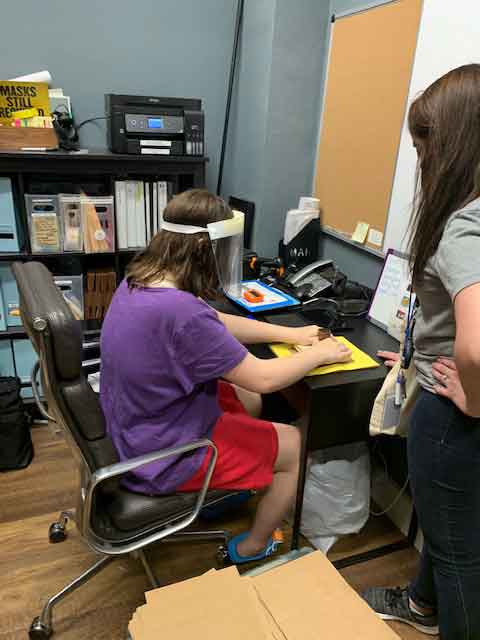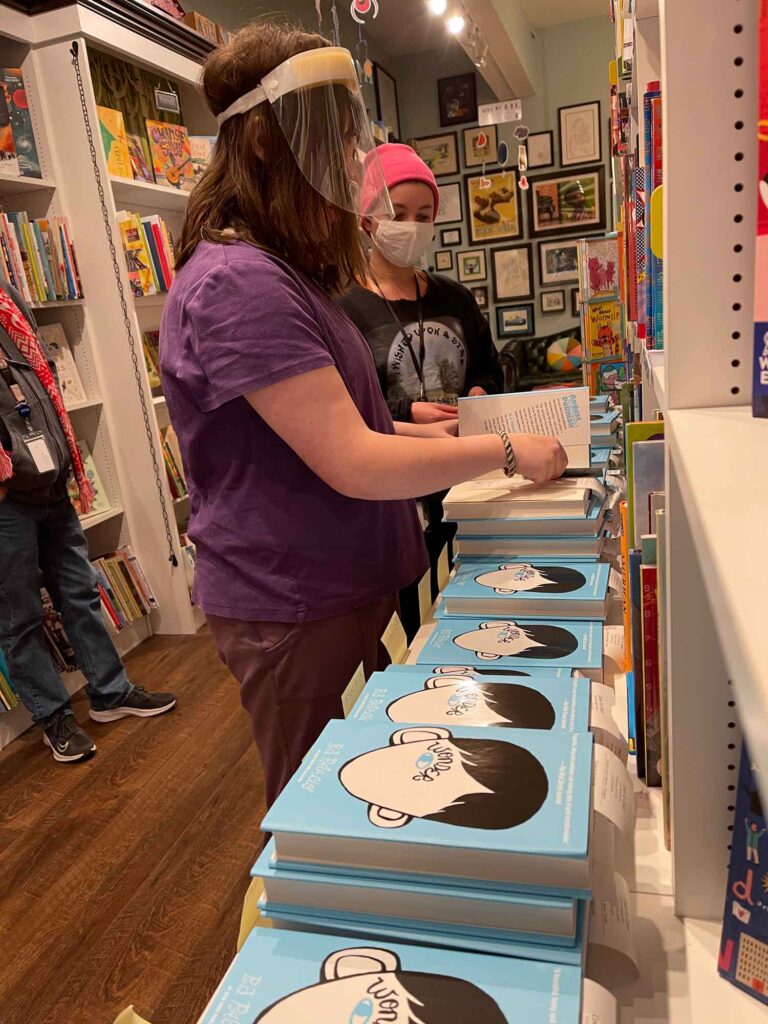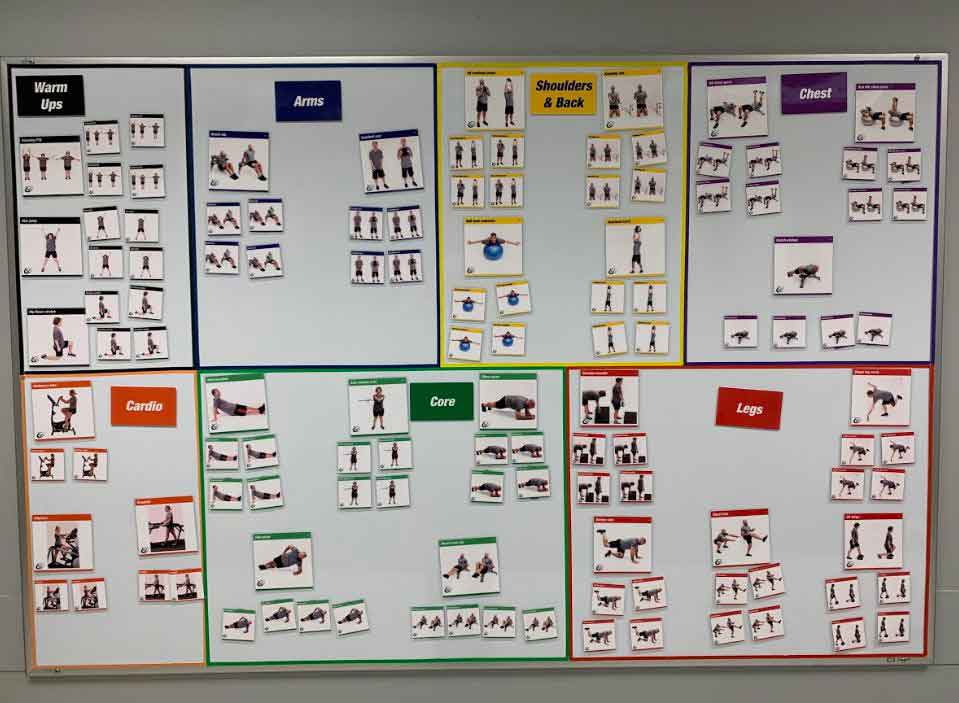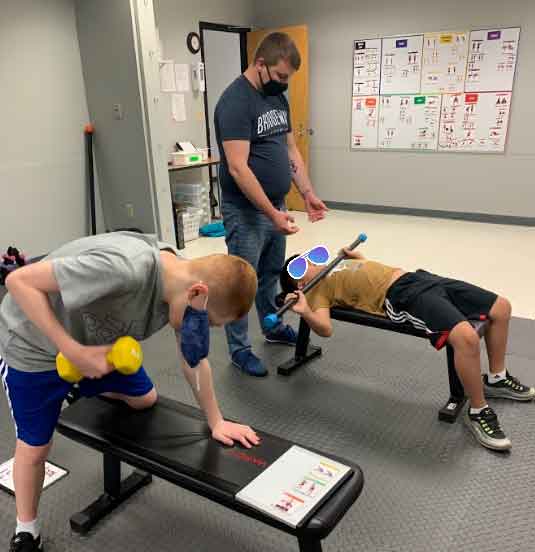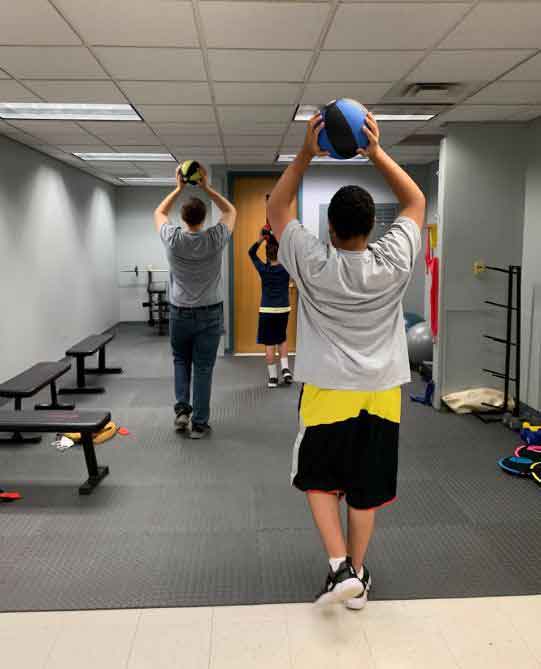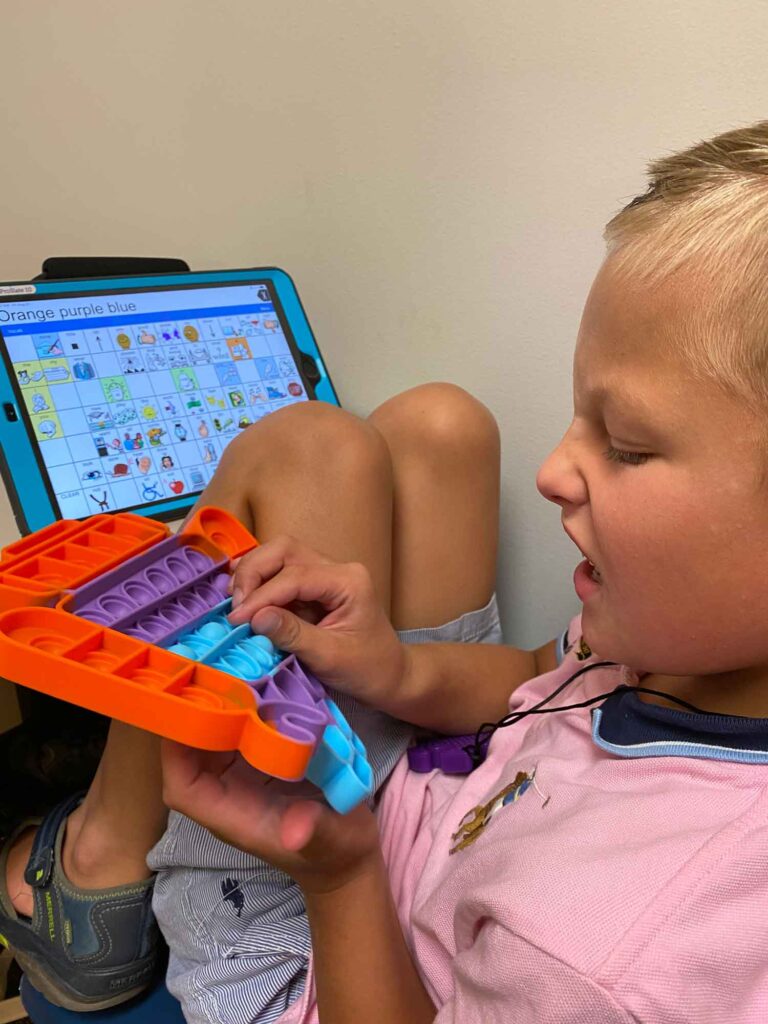June 28 is LGBTQ+ Pride Day. The first pride march happened in New York City 52 years ago, on June 28 1970. The 51-block march ended in Central Park and commemorated The Stonewall Riots that had taken place a year earlier.
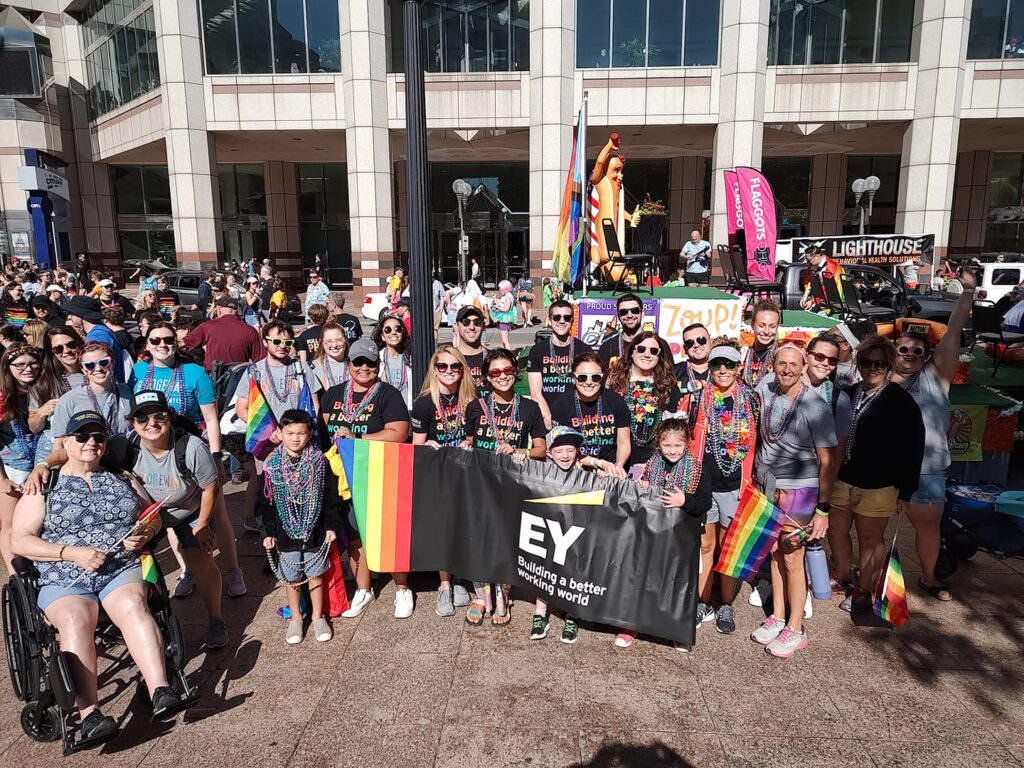
A group of Bridgeway staff, board members, and friends participated in this year’s Stonewall Columbus Pride Parade on June 18, 2022. We were excited to be able to participate in person this year. In case you missed our Virtual Pride Parade video from last year, you can check it out HERE.
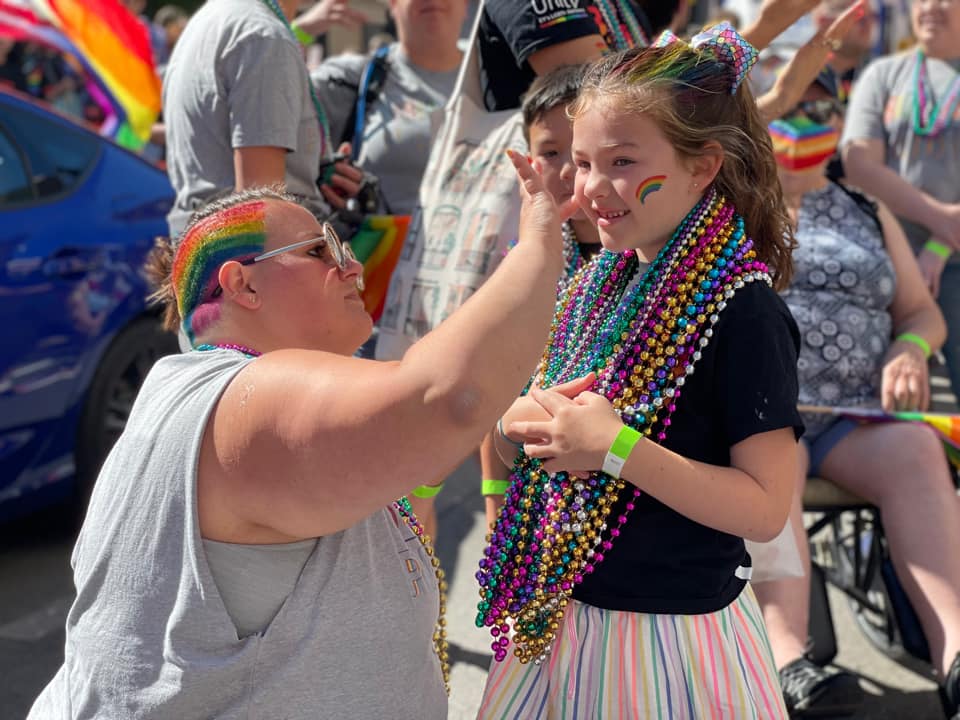
Bridgeway Academy was invited by Ernst & Young (EY) to join their group for the 2022 parade march. We are grateful for the opportunity to join EY, who also supports the work of Bridgeway Academy throughout the year with financial sponsorship. Additionally, Michelle Umali, Associate Director – Global Solutions Manager at EY, serves as a volunteer leader on our Board of Trustees.
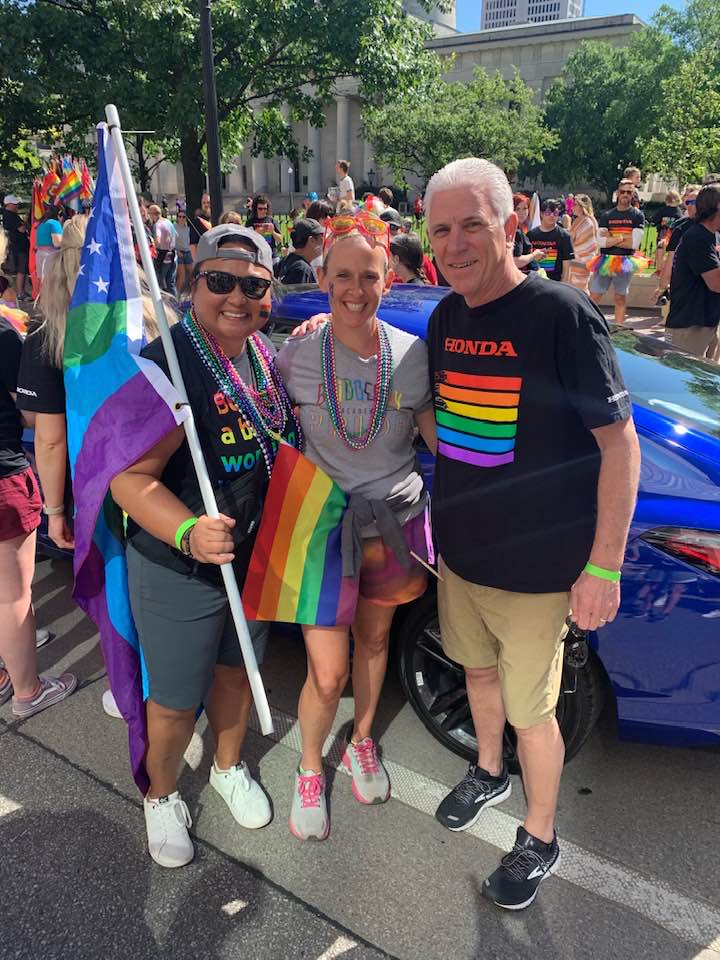
Bridgeway’s Diversity, Equity & Inclusion Task Force hosted a Pride shirt sale for the second year, and we thank everyone who purchased a t-shirt. Although shirt sales are closed, we will plan to hold the sale again next year. Proceeds from the shirt sale benefit Bridgeway Academy’s DE&I Task Force Fund to provide materials for staff to support DE&I initiatives in the classroom.
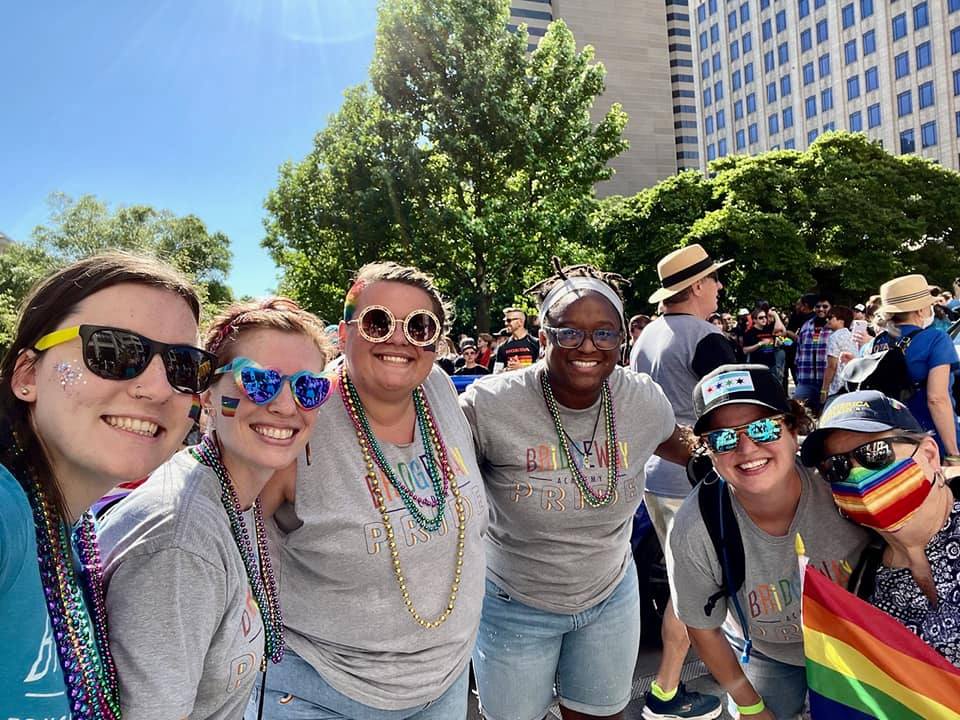
We asked Megan Schuster, co-leader of Bridgeway’s LGBTQIA+ Employee Resource Group, to share a few thoughts for the purposes of this blogpost. Megan has been a Lead Teacher in the Preschool Program for many years and will begin a new position as a Training Specialist at the beginning of the new school year.

She provided the following answers to the questions below:
Q. Bridgeway Academy is participating in its first-ever Pride March this year, how does that support from the staff make you feel as an employee at Bridgeway?
A. I couldn’t be more thrilled that Bridgeway participated in the Pride parade this year! I hope this is the first year of many to come.

Q. What is the importance of having a safe and accepting work environment as a member of the LGBTQIA+ community?
A. It is so important to work in a safe and accepting environment, both for staff and for students who identify as LGBTQIA+. The fight for equality for the LGBTQIA+ community is still a very real issue in this country and across the world. We need safe spaces, like Bridgeway Academy, where people who identify as LGBTQIA+ can exist without fear of being persecuted or harmed based on their sexual identity.
We know Megan will have so much expertise to share with staff in her new role. Congratulations, Megan!












